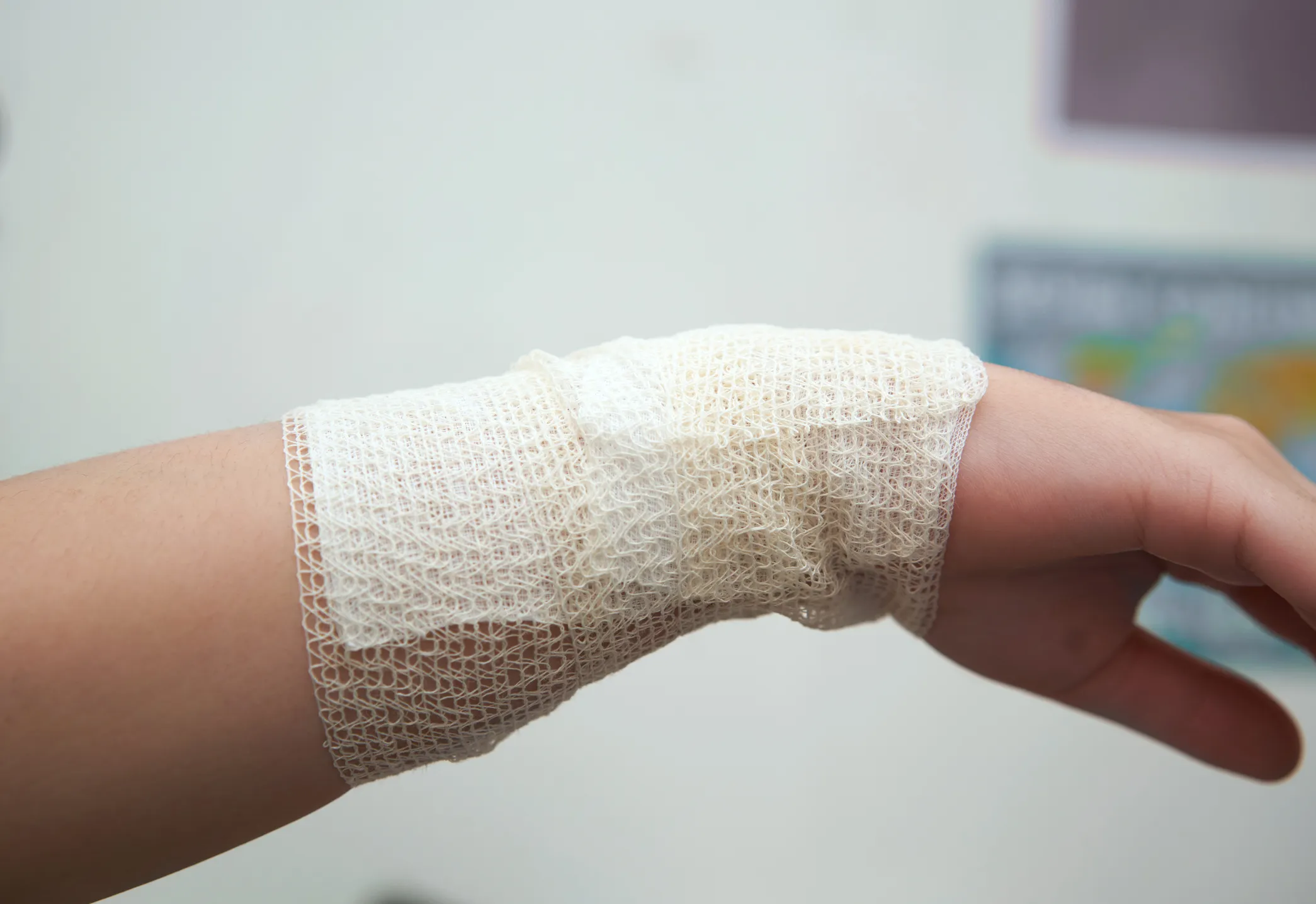A burn is one of the most painful injuries a person can experience. In some burn scenarios, it is obvious the victim needs emergency care, and there are steps you can take to treat the injury before paramedics arrive. Other times, it can take a couple of days for the effects of severe burns to develop.
If you experience a burn injury because of someone else’s negligence, a West Palm Beach burn injury lawyer from Lytal, Reiter, Smith, Ivey & Fronrath is here to help. While you focus on recovering, we will manage the legalities of your personal injury claim and fight to secure fair compensation for your damages.

When to call the paramedics for a burn injury
The severity of a burn depends on how deep the skin damage goes, and that severity is labeled as a “degree.”
First-degree burns
These affect the outer layer of the skin and cause redness and pain. Though these burns are the least serious and least likely to lead to complications, they are still very painful.
Second-degree burns
Second-degree burns affect both the first and second layers of skin. They cause swelling and may turn skin red, white, or “splotchy.” Blisters typically develop and deep second-degree burns can leave scars. Pain is often severe.
Third-degree burns
The most serious type of burn reaches the layer of fat beneath the skin, and may turn affected areas black, brown, or white and cause skin texture to look “leathery.” This level of burn can destroy nerves, leaving victims with numbness in affected areas.
Even if you are unsure of a burn’s degree, there are symptoms and factors that should prompt you to call paramedics:
- Burns covering the hands or feet, on the face, groin, buttocks or major joint, or that cover a large area
- Burn that goes deep, affecting all layers of the skin
- Burns that make skin look leathery
- Burns that leave patches of black, brown, or white
- Burns that affect the airway, causing breathing problems
- Electrical or chemical-caused burns
If these symptoms do not appear, but your burn site shows signs of infection or develops a large blister that does not heal within two weeks, causes substantial scarring, or other unexplained symptoms, see a doctor.
Burn injury care before paramedics arrive
Providing burn injury care in the time before paramedics arrive is essential. The Centers for Disease Control (CDC) lists two immediate steps to take for any burn victim:
- First, if flames are on the victim, have them stop, drop, and roll to smother the fire.
- Then, remove all burned clothing unless it has adhered to the skin. Do not cut away clothes that are stuck. Remove all jewelry, belts, and tight clothing from the areas affected and from around the victim’s neck.
Treating first-degree burn injuries
Get cool water on the burn as soon as possible by holding it under cool, running water or putting cool, water-soaked compresses on the area. Keep this up until the pain lessens, and then cover the burn with a sterile non-adhesive bandage or a clean cloth. Take over-the-counter medication for pain. Do not put ointments or butter on the burn.
Most likely, you will not need emergency care for a first-degree burn, but if a large area is affected if the victim is a baby or older adult, call paramedics.
Treating second-degree burn injuries
The same initial protocol for treating first-degree burns applies to second-degree burns. However, as these burns are more serious, there are additional steps.
Do not break blisters that form at the burn area, and if legs or arms are affected, elevate them. To prevent the victim from going into shock, have them lie flat on the ground, elevating their feet and covering them to keep them warm. Do not put the victim in a shock position if there is an injury to their head, neck, back, or legs or if it makes them more uncomfortable.
A second-degree burn injury needs professional care, so be sure to call for help.
Treating third-degree burn injuries
Find a clean cloth or gauze and lightly cover the burn. Take care not to apply material that will leave lint on the burn. Follow the steps to avoid shock, but if the victim has burns to the face, keep them sitting up. If possible, elevate the burn area above the victim’s head. Keep a careful eye out for breathing problems, and if the burn has affected the airway, do not put a pillow under their head if they are lying down.
Once the victim is under medical care, loved ones should connect with an experienced burn injuries lawyer to recoup their costs and losses. Serious burns cause permanent scarring and disabling conditions. Victims may need help breathing and eating, require skin grafts and plastic surgery, and undergo intense physical and occupational therapy regimens.
Burned in an incident that wasn’t your fault? We can help.
If you or a loved one is a burn victim, the medical bills, income loss, pain, emotional suffering, and other losses incurred by another party’s negligence are not your costs to bear. The at-fault party owes you compensation for these damages and a burn injuries lawyer from Lytal, Reiter, Smith, Ivey & Fronrath will fight to get you every dollar you deserve.
Call (561) 655-1990 or send us a message today for a free consultation.



